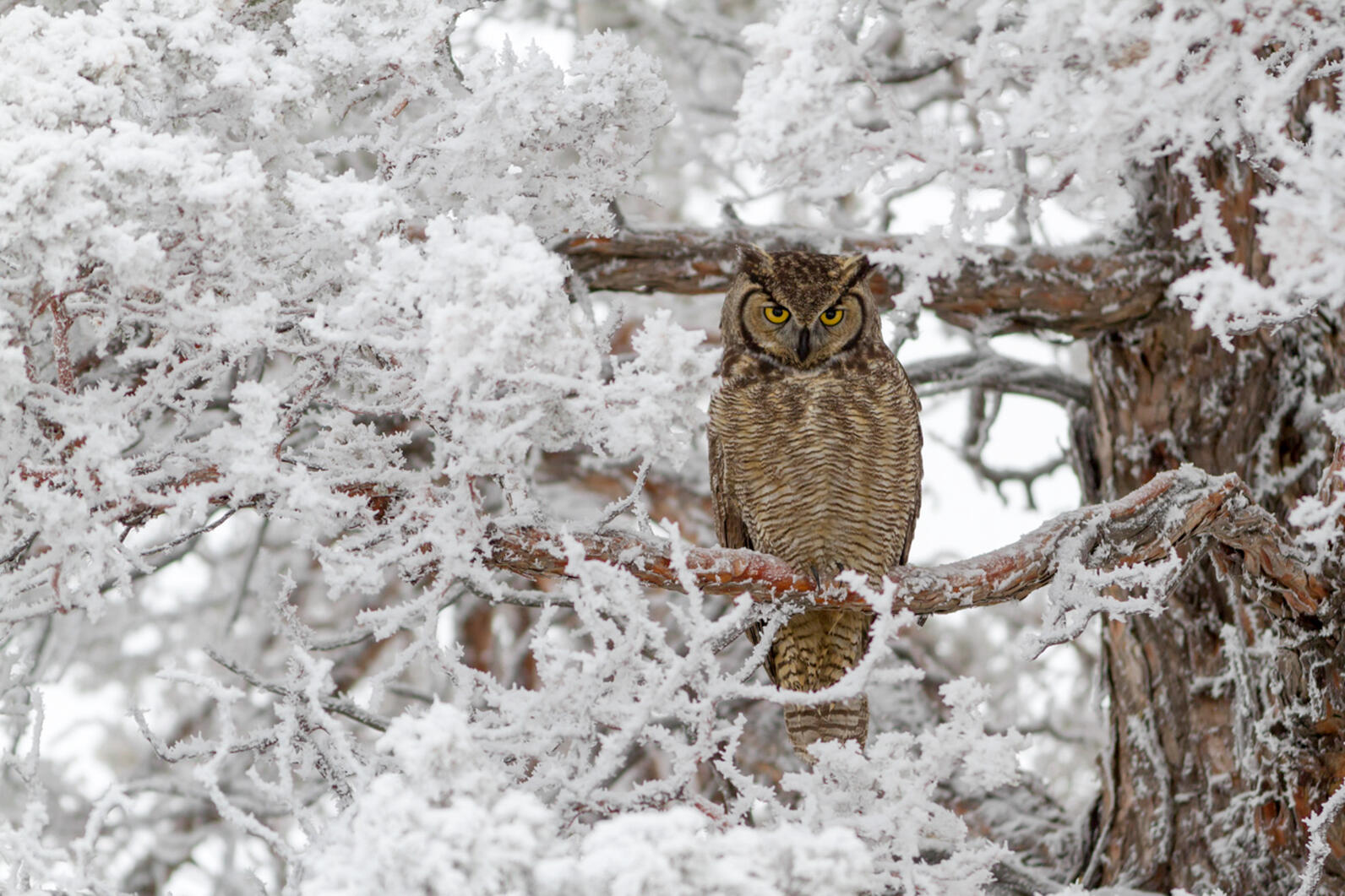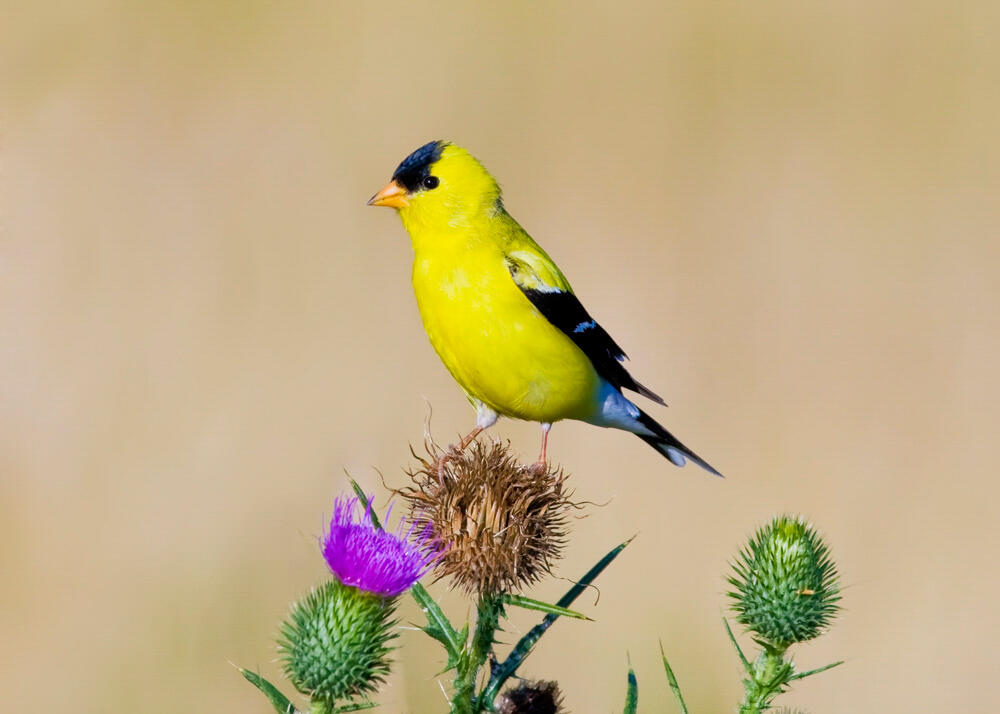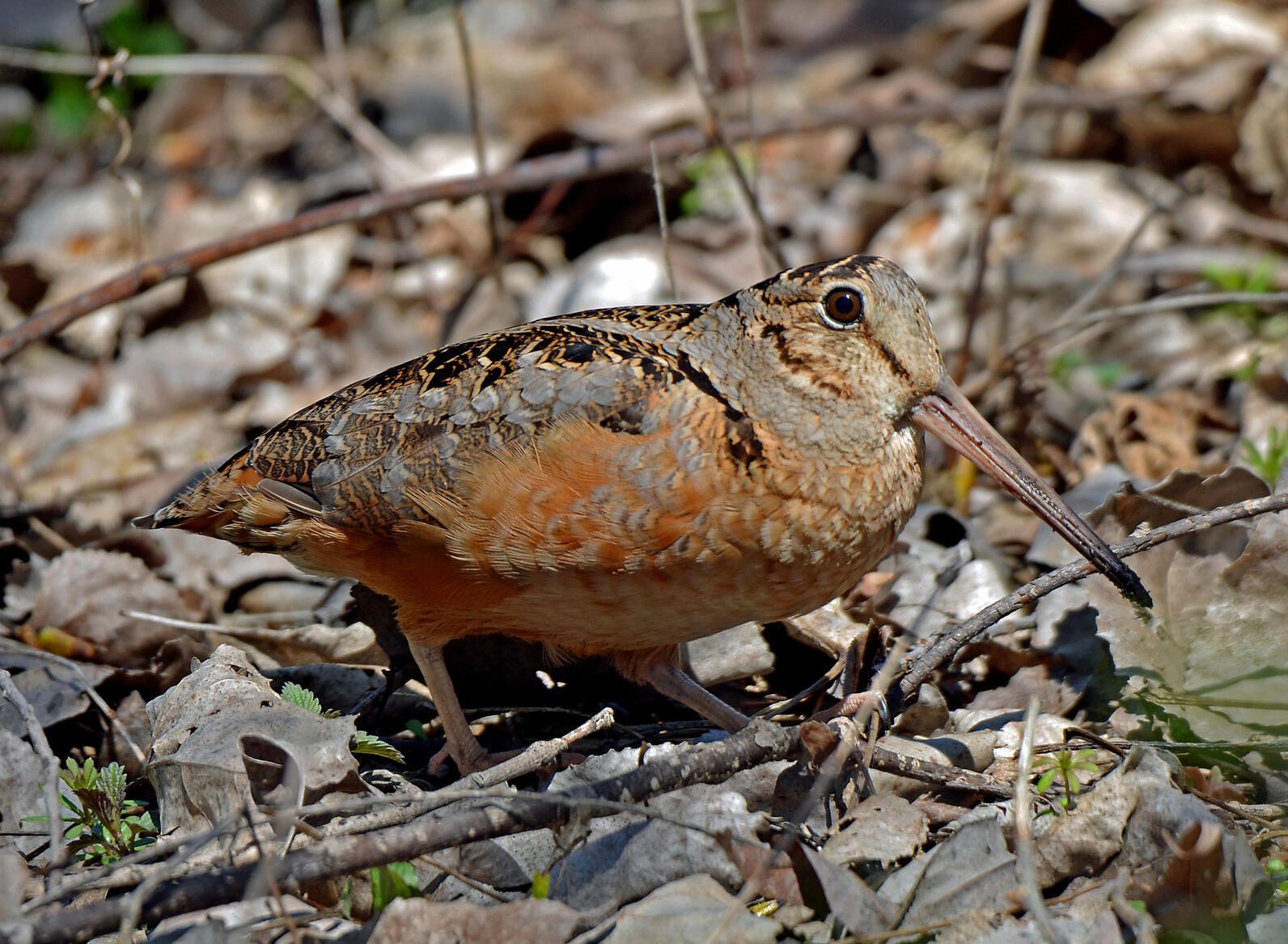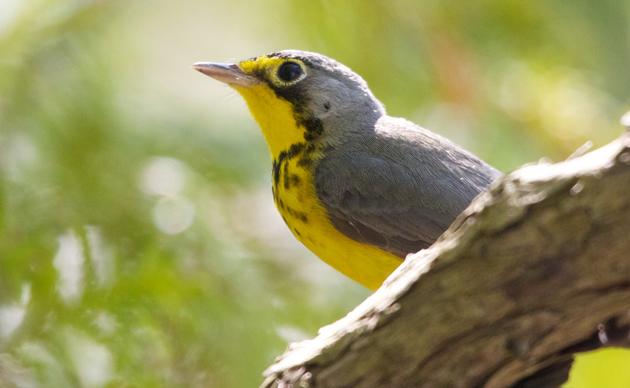Forest Birds That Nest in the Off-Season
Generally speaking, most birds nest when the temperatures are warmer and food resources, like insects and fruits, are abundant.
Late spring and early summer are the busiest breeding seasons for birds, but there are several forest species that prefer to nest outside of that peak time. Let’s take a look at three odd-season nesters and their preferred forest habitat.
Are you a forest owner located in a priority forest area? Click here to fill out our Landowners Assistance Form!

Great Horned Owl (Bubo virginianus)
In the northeast, these large owls nest in mid-to-late winter.
Great Horned owls aren’t too picky about their forest habitat – they nest in deciduous, coniferous, and mixed mature forest, usually with a field, marsh, pasture or other open area nearby for hunting. They will even nest in smaller forests in suburban and urban areas.
Look for their nests high up (about 20-60’ aboveground) in large diameter trees and snags (dead trees that are left upright to decompose naturally), often reusing the nests of other large birds (eagles, hawks, etc.) or using a tree cavity.
Habitat Management Tip
To provide nest sites for Great Horned Owls, retain large diameter trees (at least 20” for conifer species and at least 24” for hardwood species) and snags, especially those with cavities or with old nests remaining that may be reused. If conducting winter forest management, provide a buffer (no large tree cutting) of at least 150 feet around a known active nest tree, or if the nest tree is unknown but you have observed Great Horned Owls in your woods, apply the same buffer to large diameter trees that may be hosting a nest.

American Goldfinch (Spinus tristis)
Goldfinches nest later than most songbirds, typically in July and August.
They differ from many other songbirds in that they feed their nestlings seeds – most songbirds feed insects to their young. Goldfinches wait to nest until plants have gone to seed, producing an ample supply to feed to their nestlings. They also use the down from plants like thistle and milkweed to use in their nests.
Goldfinches nest in shrubs or small trees and place their nests not too high, usually less than 30’. Their preferred habitat includes fallow fields, shrublands, and areas with small trees and shrubs. They are a bit of a generalist species in that they are also found in more developed areas – suburbs, parks, etc.
Habitat Management Tip
Have an old field/meadow with some woody shrubs and small trees? Provide nesting habitat for Goldfinches and other birds that use similar habitat by maintaining those conditions through regular mowing or brush hogging, usually every 3-5 years. Since Goldfinches are late nesters and year round residents, it’s important to retain a portion of their habitat throughout the year so they have seeds and cover habitat. You can plan to mow or brush hog a portion of your shrubby meadow on a 3-5 year rotation (you can divide the area into halves or thirds), ensuring some of their habitat is retained year round while also managing for future habitat.

American Woodcock (Scolopax minor)
Woodcock are relatively cold-hardy, and migrate a short distance during the winter – their northernmost winter range extends into very southern New England and New York. They return to the rest of the northeast to breed relatively early, usually arriving in mid-March.
They kick off their breeding season with an impressive display, starting with their distinctive “peent” calls often heard among Spring Peepers that have recently emerged. Male woodcocks will find open ground, usually near an old field or young forest, to perform an impressive aerial display to attract a mate, flying high into the air and descending with a twinkling chirping sound and landing nearly exactly where they took off.
Woodcock nest in young forest habitat (this can include regenerating forest, forest openings, thickets, and old fields) because they need thick, dense vegetation to help conceal their nests, which they place on the ground. Nearby forest openings and field offer roosting habitat for woodcock.
Habitat Management Tip
Retain or manage young forest that is 5 acres or more in size to provide nesting habitat with a small clearing nearby for breeding displays. Look to retain forest stands with dense alder or young aspen with wet soils to provide high quality habitat for woodcock. If creating new young forest habitat through management, cut aspen in the winter to promote thick regeneration in the spring that will benefit breeding woodcocks.
How you can help, right now
Donate to Audubon
Help secure the future for birds at risk from climate change, habitat loss and other threats. Your support will power our science, education, advocacy and on-the-ground conservation efforts.




